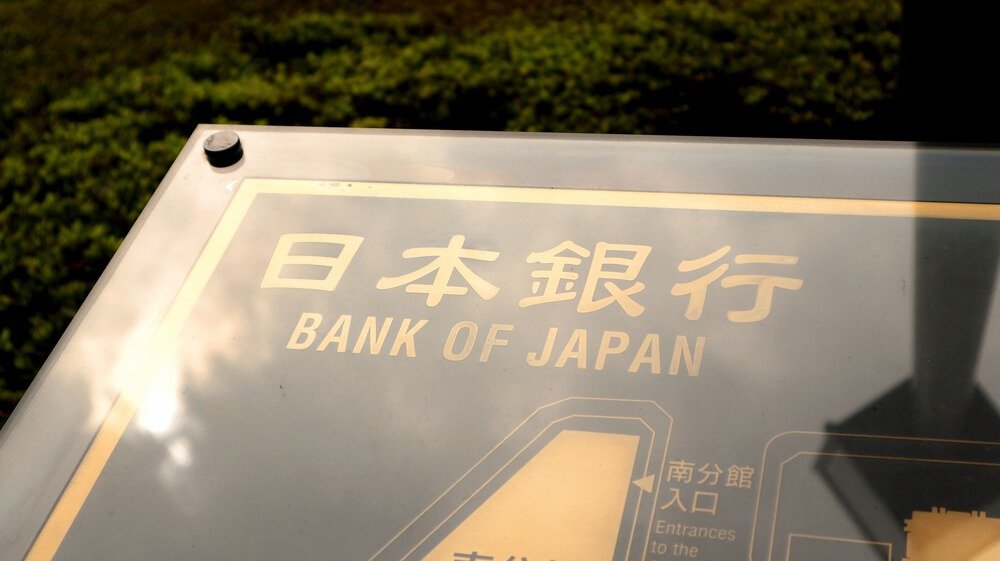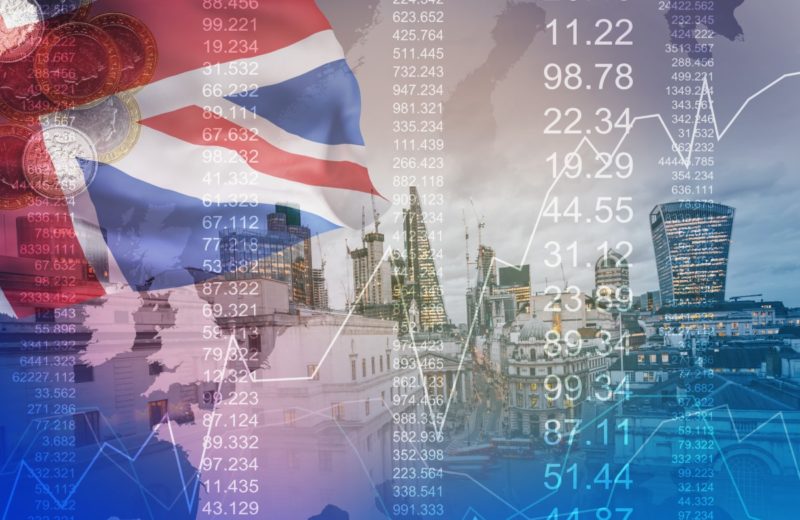On Thursday, Deputy Governor Masazumi Wakatabe stated that to avoid risks that could disrupt the economy’s path toward achieving its 2% inflation target, the Bank of Japan stands ready to ease monetary policy pre-emptively.
Wakatabe also said there is a “significant risk” with the U.S.-China trade conflict weighing on business sentiment and slowing Chinese demand hurting exports. The BOJ may be enforced to change its current assessment that Japan’s economy will keep expanding moderately as a trend.
In a news conference after a meeting with business leaders in Aomori, Northern Japan, he stated, “If the economy comes under severe downward pressure and we can say with confidence the momentum for achieving our price target is being lost, the BOJ must ease policy immediately without hesitation.”
Last week, joining the U.S. and European central banks in opening the door to additional easing, the BOJ kept the policy stable but the readiness to ramp up stimulus as global risks cloud the economic outlook were signaled by Governor Haruhiko Kuroda.
Not only discouraging firms from investing and hurting market sentiment, the U.S.-China trade dispute, if prolonged, would also hit the global economy through higher tariffs, Wakatabe stated.
In October, adding to the risk is an upcoming Japan’s scheduled sales tax increase to 10% from 8%. An extended global downturn would also be evaluated on the markets.
Wakatabe, a former academic known as a vocal advocate of aggressive easing stated, “There’s a chance the BOJ will take pre-emptive action if the board can agree that without doing so, it would be difficult to achieve its price target.”
Elements to Consider Behind Fed’s Movement
In the coming months, analysts have predicted that growth will slow as the U.S.-China row exists. Meanwhile, Japan’s economy expanded by an annualized 2.1% in the first quarter.
Major central bankers are in a tough spot, as the quarrel over trade policy between the world’s first and second biggest economies may be coming sooner than expected with reduced ammunition to battle a downturn.
As early as next month, investors are pricing in a strong chance of lower rates, despite efforts by the U.S. Federal Reserve to temper market expectations of a big, imminent interest rate cut.
Actions that would drive the U.S. central bank into officials are looking into what can push the US central bank to implements measures, while the BOJ won’t ease just because the Fed does Wakatabe said.
He stated, “We need to give look at how big the risks are to our baseline economic scenario. We also need to think about how the BOJ ought to act, taking into account the reasons behind any Fed action.”
Ways on how to update its policy framework are also being discussed by the Fed aside from immediate policy actions.
The setting of higher inflation target or targeting average inflation over a number of years could be learned from various ideas being proposed in the discussions, Wakatabe said.
He stated, “At present, it’s appropriate to maintain the current policy framework,”
In addition, “That being said, I think it is necessary for the BOJ to study ideas towards enhancing its monetary policy conduct.”















